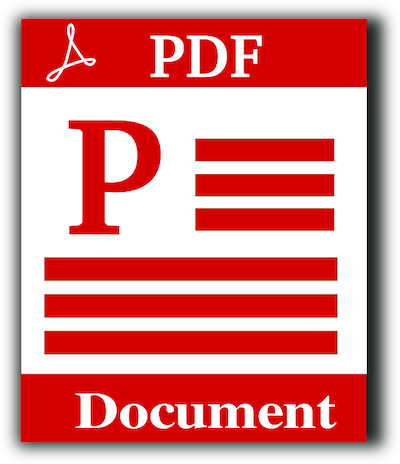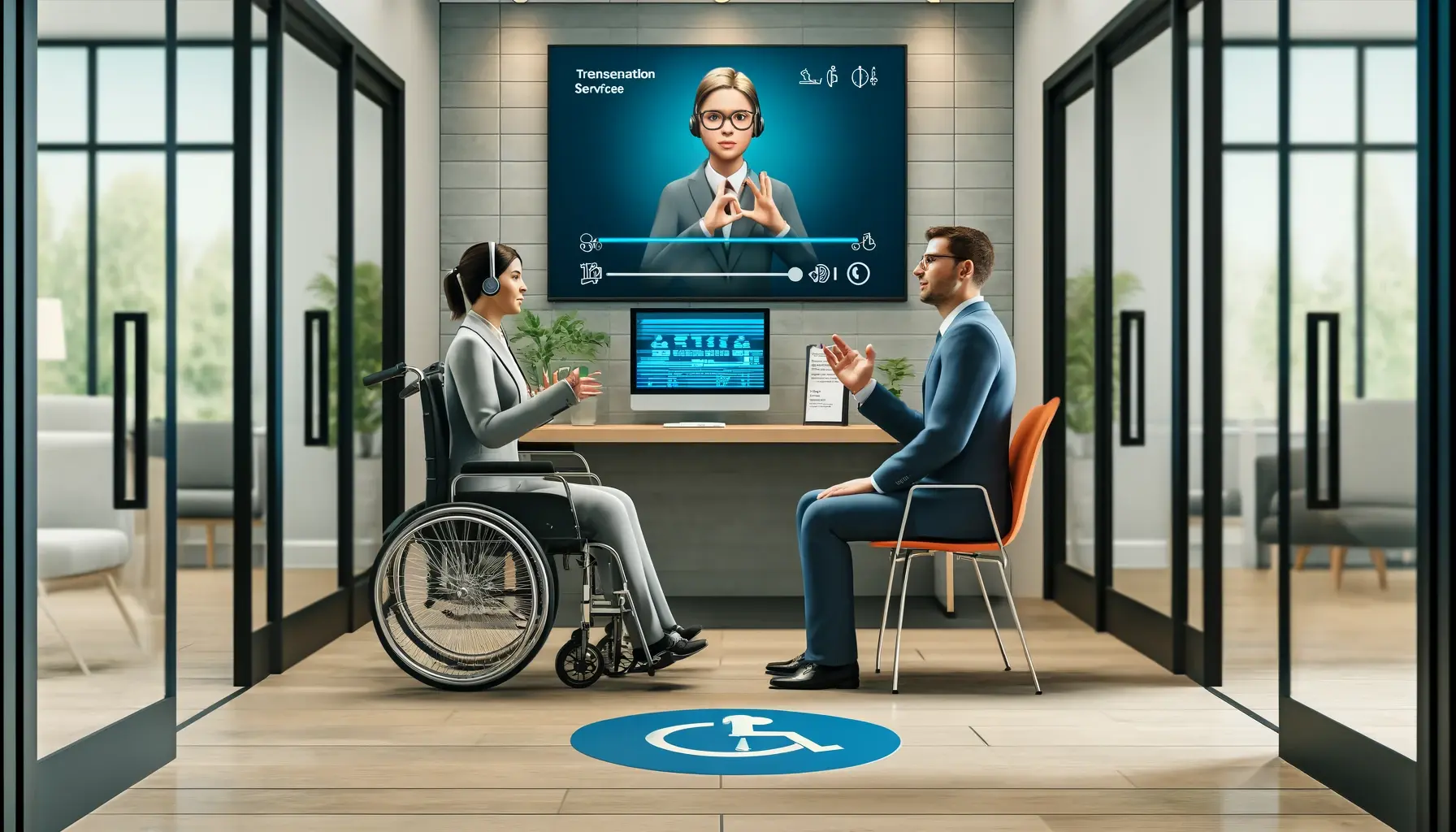In today’s online world, accessibility is not just a nice-to-have, but it’s a necessity. When we talk about accessibility, we’re not necessarily talking about access in the broad sense of public reach. Instead, we’re talking about disabled access, and the design of online spaces in a way so that people with disabilities can use them. This is known as digital accessibility.
Many of us tend to think about accessibility in physical spaces. This includes ramps, automatic door openers, or accessible stalls in washrooms. Digital accessibility works the same way, meaning it allows people with disabilities to access spaces, except those spaces are online.
Further, whether you’re a business owner or a web developer, understanding digital accessibility is crucial in creating an inclusive and equitable online space.
What is Digital Accessibility?
Digital accessibility refers to the practice of making digital content and technologies usable to people with disabilities. This encompasses websites, mobile apps, and all forms of digital media that people use. It means ensuring that people with various disabilities – whether visual, auditory, motor, or cognitive – can access, navigate, and interact with digital resources effectively.
The Importance of Digital Accessibility
1.Legal Compliance
Firstly, there are legal implications associated with digital accessibility. Many countries have accessibility laws and regulations, like the Accessible Canada Act (ACA) and the Americans With Disabilities Act (ADA), which require digital content to be accessible. Most of these laws use the World Wide Web Consortium’s Web Content Accessibility Guidelines as the gold standard for digital accessibility. And non-compliance can lead to legal repercussions, such as penalties and potential claims of human rights discrimination.
2.Business Impact
There’s a business case to be made for making your digital content accessible as it opens your doors to a larger market. After all, it’s estimated that about 15% of the world’s population lives with some form of disability. This means that, as suggested by the Economic Report on Disability, “the disability market is far from niche.” After all, the disability market is a $1.9 trillion opportunity in total disposal income — and, according to the report, this doesn’t even include friends, family members and allies of people with disabilities. In other words, ignoring digital accessibility can result in missing out on this significant demographic.
3.Enhanced User Experience
Similarly, accessible design doesn’t just result in greater accessibility but greater UX as well — as it often leads to a better experience for all users. Consider features like clear navigation, color contrast and readable fonts. Yes, they are part of WCAG specifications meant for accessibility, but adopting these features will certainly make your website easier to navigate for all users.
4.Corporate Responsibility and Inclusion
The moral implications of digital accessibility need to be considered as well. After all, embracing digital accessibility demonstrates corporate social responsibility and your company’s commitment to inclusion. It reflects your brand’s values and dedication to serving diverse communities, which will bolster your company’s image.
How to Implement Digital Accessibility
Incorporate digital accessibility into your online spaces starts with understanding web accessibility standards such as WCAG, which provide specific criteria for making web content more accessible. This will allow you to make any necessary quick fixes such as enhancing the colour contrast, adding alternative text to images, and making your button labels and headings descriptive.
But it’s also important to conduct accessibility audits of your digital content against WCAG 2.2 to identify areas that need further improvement. From there, you can make the necessary changes to address the gaps. Audits should be done on an ongoing basis as technology evolves and web accessibility standards may change. This means that new accessibility barriers may emerge. But, accessibility experts or consultants who have expertise in digital accessibility and WCAG compliance can guide you through the process.
A final element that’s worth noting is the importance of training your team on digital accessibility, WCAG and accessible practices. This will ensure that all employees who are involved in the web management process are on the same page when it comes to accessibility, which will become a shared goal.
Overall, digital accessibility has moved beyond a nice-to-have feature to become a critical aspect of web content. It’s about ensuring equal access for all, regardless of their abilities. By prioritizing digital accessibility, you’re not only complying with legal standards, but you’re also enhancing access for people with disabilities and contributing to a more inclusive digital world. Book a consultation with Accessibility Partners Canada and we can work with you on making your web content accessible.







